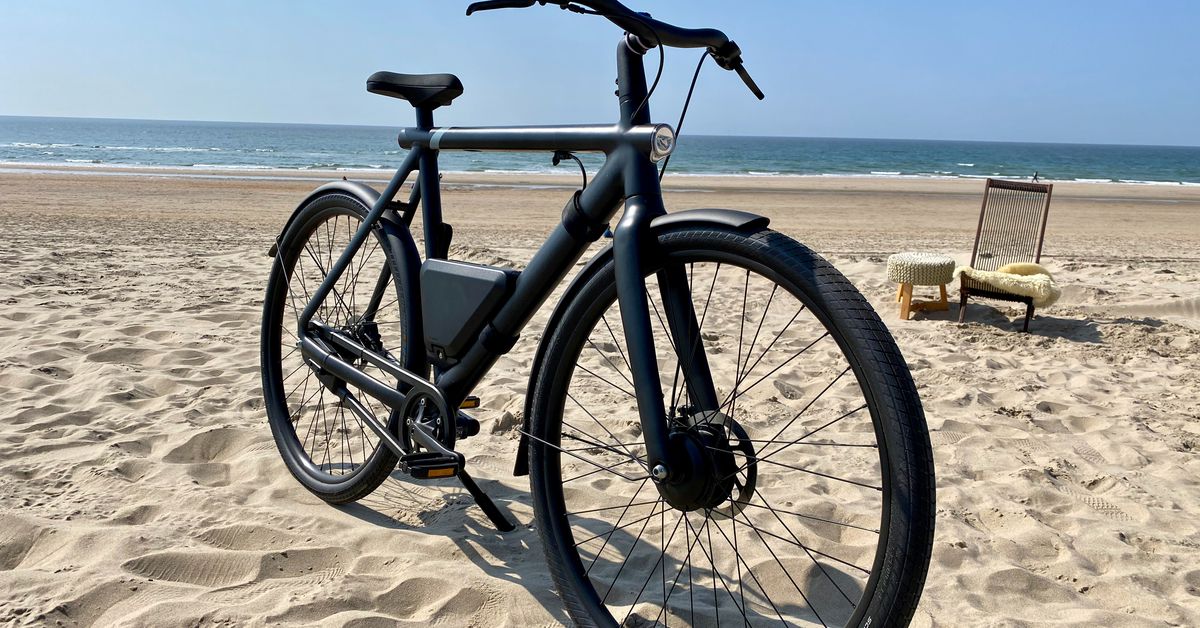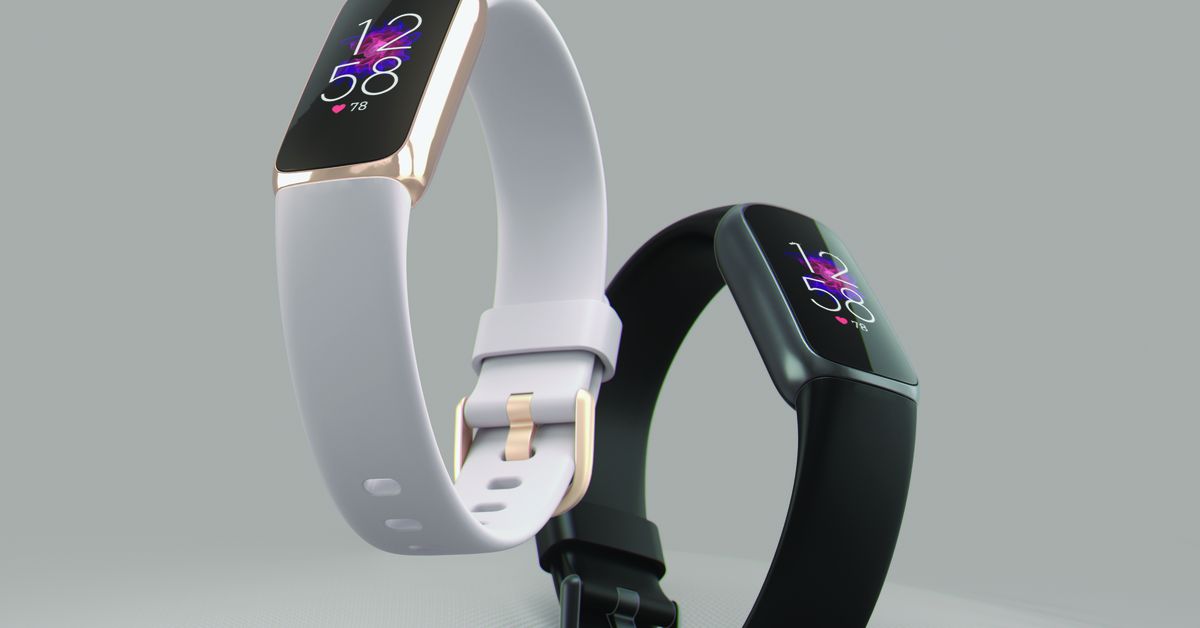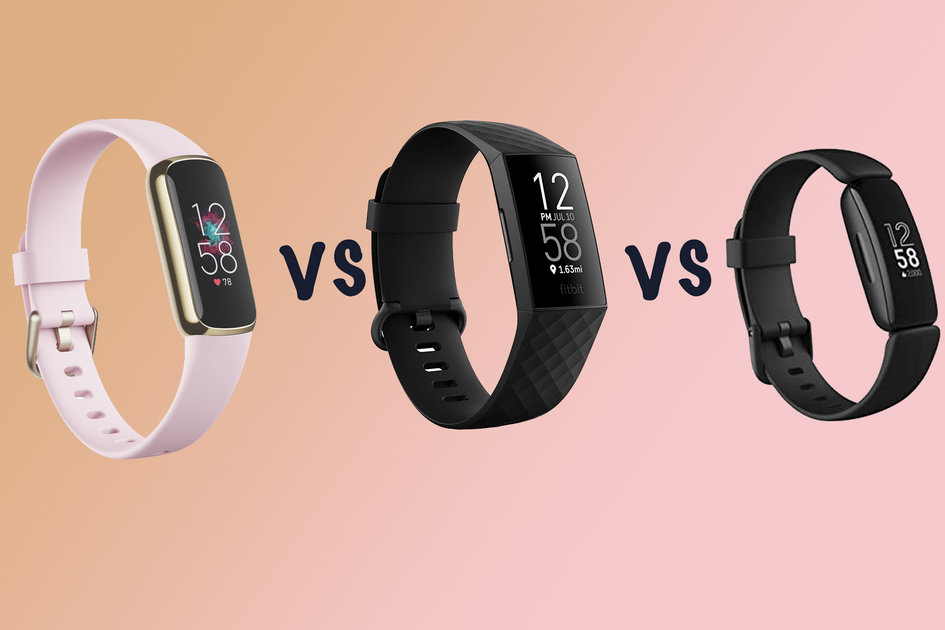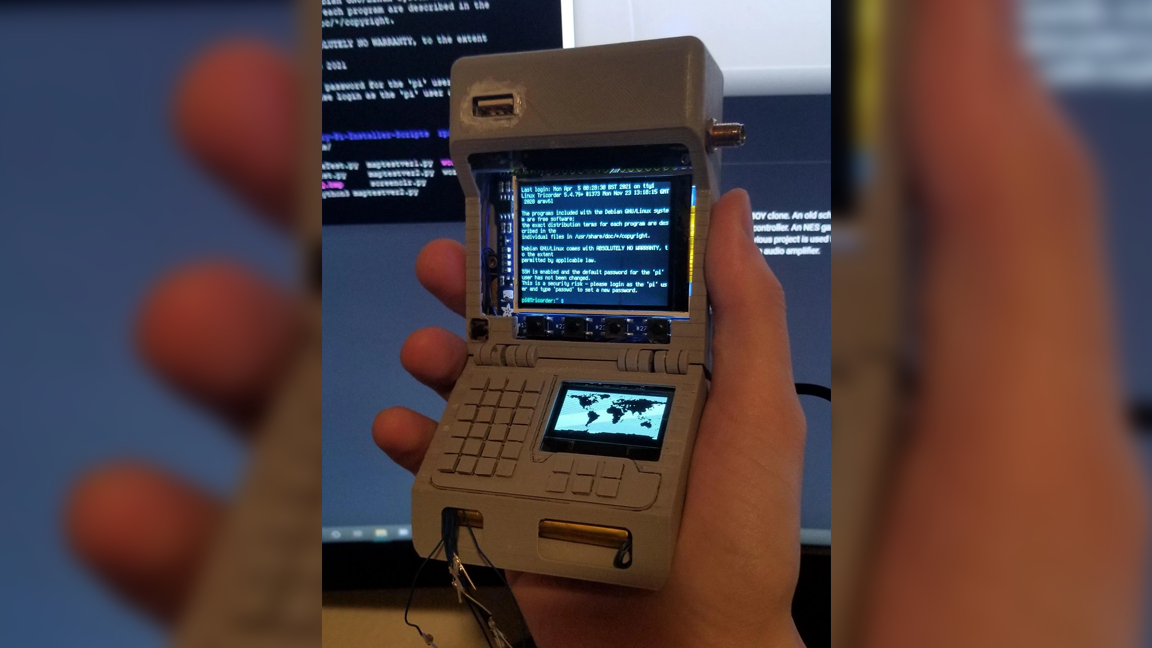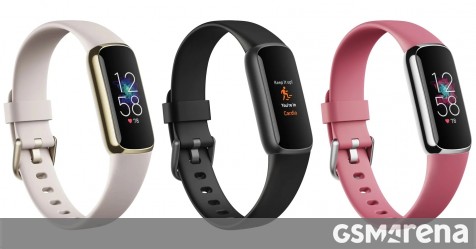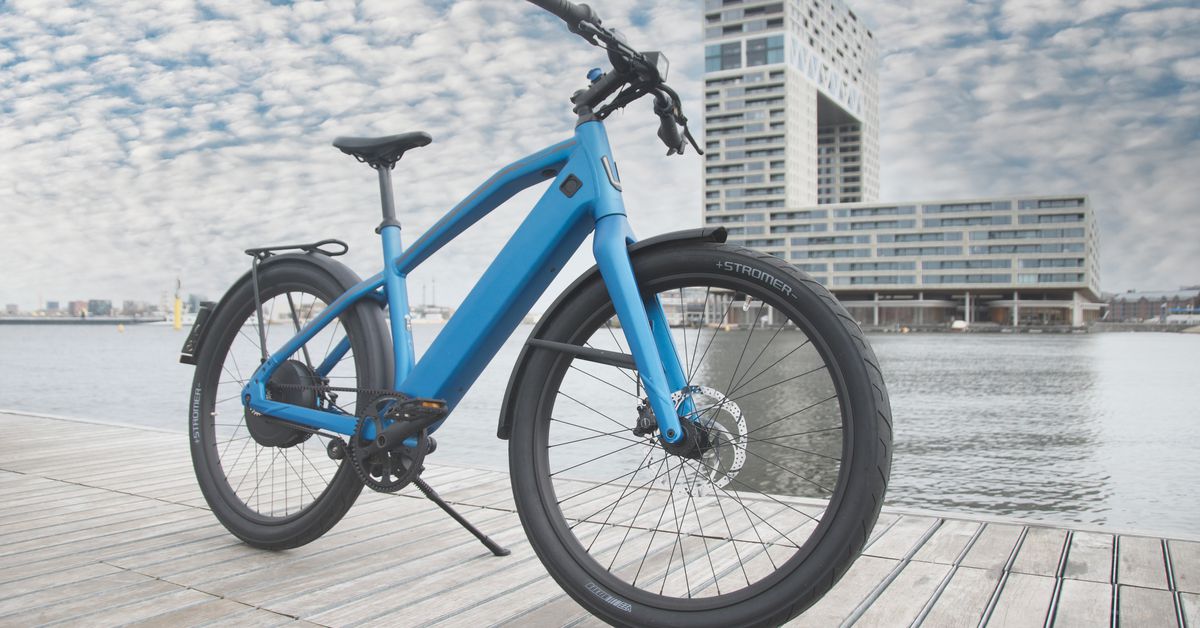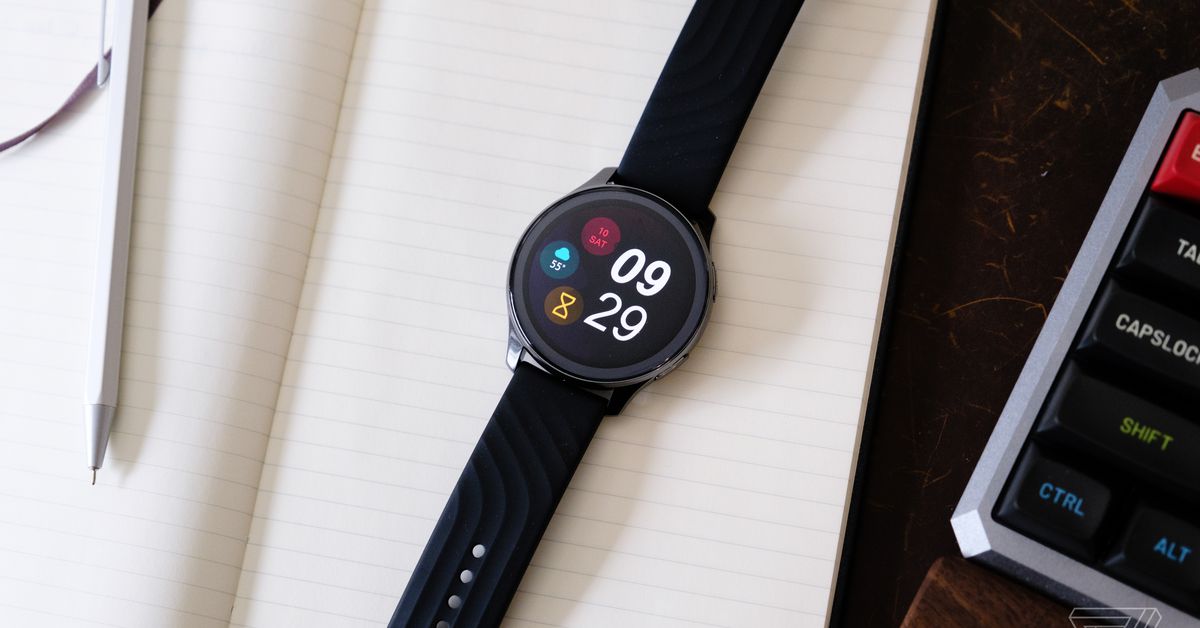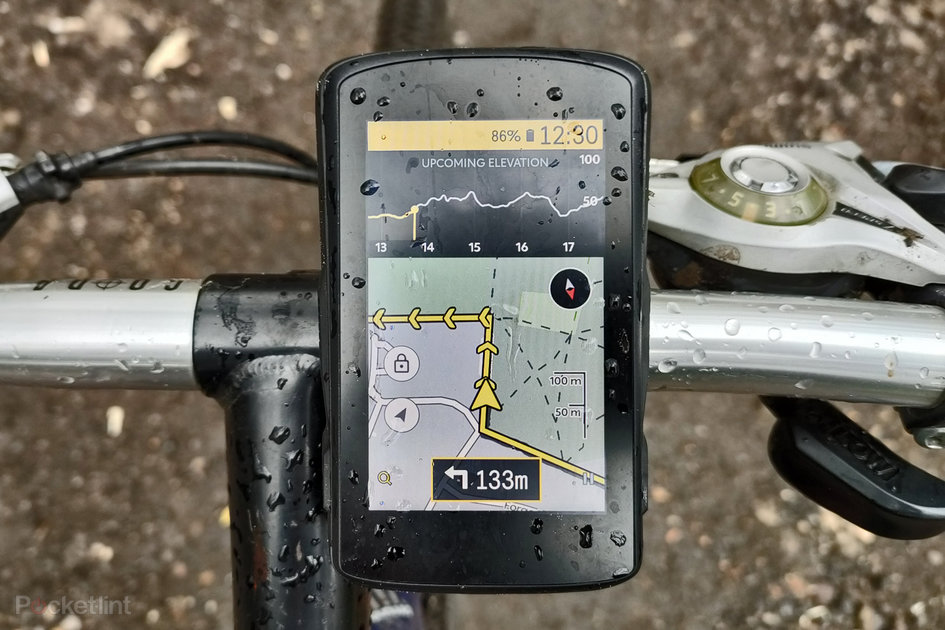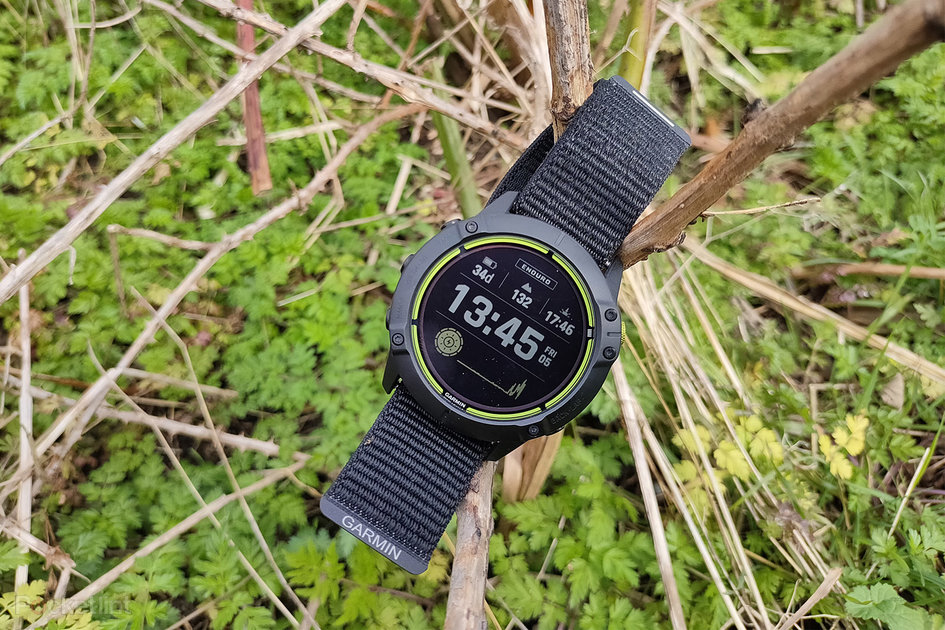(Pocket-lint) – The Xiaomi Mi Watch Lite joins the Mi Watch as a part of a duo that wants to put smarts on your wrist for significantly less money than an Apple Watch or a Samsung smartwatch.
If the Mi Watch is considered affordable, then the Mi Watch Lite is proper cheap, going toe-to-toe with a raft of Amazfit Bip watches available around this price – and other budget options you should probably steer clear of.
For that cut price, the Mi Watch Lite offers a mix of smartwatch and fitness tracking features and battery life that can make it through a week. You’ll inevitably have to live with some shortcomings, but it feels like ones that don’t detract from what is a decent budget smartwatch.
Design & Display
- Measures: 41 x 35 x 11.9mm / Weighs: 35g
- 1.39-inch display, 320 x 320 resolution
- Size options: 41mm
- 5ATM waterproof
Like the first Mi Watch – the one that never made it out of China – the Mi Watch Lite is a square affair, featuring a 41mm case made from plastic.
Pocket-lint
It weighs in at 35g, so it’s by no means a heavy watch, and it’s paired up with a TPU strap that’s removable. It just takes a bit of time to get it off and get something else on there.
There’s your pick of black, ivory or navy blue case colours, or the choice of five ‘fashionable’ Morandi colours including olive, pink and ivory.
On the wrist, the Mi Watch Lite doesn’t look hugely different from other budget square smartwatches out there and the colour options are nice – but it would be stretch to say it gives them a more stylish look. It’s pleasant enough looking, but the larger Xiaomi Mi Watch is visually more appealing.
The Lite offers a single physical button on the side of the case that’ll wake the screen up and launch the app menu screen. That screen is the touchscreen kind of course. It’s a 1.4-inch TFT LCD type, so not the AMOLED kind you get on the more expensive Mi Watch.
It’s a good quality screen for the price and certainly doesn’t have that washed-out look you sometimes find on smartwatches this cheap. The backlight offers 350 nits of brightness, so it’s not one you’re going to struggle to see at night or during the day. It still offers good colours and it’s generally a nice screen to glance down at.
What’s more problematic is the controls: tapping is prioritised over swiping through screens. You can scroll through some screens, but it’s slow moving when you do it. It’s generally less of a problem if you’re checking a notification or looking at one of the widgets, but when the sweat comes during exercise, it’s more problematic and frustrating to handle.
Like the round Mi Watch, Xiaomi has made the Lite suitable for swimming and showering by slapping it with a 5ATM water resistance rating, which means it’s good at depths up to 50 metres.
Software & Performance
- Works with Android and iOS
- No third-party app support
Xiaomi uses its own in-house operating system for the on-watch software experience and it has Xiaomi Wear (Android) and Xiaomi Wear Lite (Apple) apps for that time spent away from the watch itself.
Pocket-lint
Our screen control frustrations aside, it’s a very easy watch software to get to grips with. Swipe left and right to see widgets showing off data like heart rate and weather forecasts. The main menu screen is a mere button press away.
Like the Mi Watch, that main menu screen doesn’t include any text, so it’s up to you to quickly establish what launches what here. There’s some simple settings you can tinker with on the watch like screen brightness, watch faces, do not disturb mode, idle alerts, and setting up a password for security.
The companion Xiaomi Wear app is broken up into three sections letting you dig into your health and fitness stats, track workouts from and adjust settings. There’s no third-party app support here, so if you’re thinking of connecting it to the likes of Apple Health or Google Fit, you’re out of luck.
Pocket-lint
The app itself – much like Zepp Health’s Amazfit and Mobvoi’s TicWatch – doesn’t feel the most polished or slick, but it does make it easy to adjust watch settings and delve deeper into your data if you want.
Sports & Fitness Tracking
- GPS and GLONASS
- Built-in heart rate monitor
- 24/7 fitness tracking and sleep monitoring
Like the Mi Watch, the Lite is one that’s built to track your fitness and health – and has the key sensors on board to deliver that.
Pocket-lint
There’s built-in GPS and GLONASS satellite support to map outdoor activities. There’s accelerometer and gyroscope motion sensors for indoor tracking. And there’s 11 sports modes in total, including running (indoors and outdoor), cycling, trekking, swimming (pool and open water) and freestyle modes for those activities it doesn’t cover.
What you’re missing out from the Mi Watch are the Firstbeat-powered training features, stress tracking, the ability to take blood oxygen measurements, automatic exercise recognitio, and wider satellite support.
As a stripped-back sports and health monitoring watch, the Lite performs pretty well. GPS accuracy during our testing was reliable in comparison to a Garmin running watch. For indoor workouts, heart rate data was usually closely in-line with a chest strap monitor for HIIT and indoor rowing sessions – although we didn’t have to raise the intensity too high outside to see some odd spikes in heart rate.
If you’re less concerned about smashing out burpees and nailing 5K PBs, the Lite’s core fitness tracker features work well without really offering ways to make improvements or motivate you to move more.
Pocket-lint
Step counts during our testing were within acceptable range of the Fitbit Sense, and it’ll capture distance covered and calories burned. It offered similar accuracy to the bigger Mi Watch for sleep monitoring, though doesn’t capture REM sleep stages or offer any kind of insight or advice to improve sleep.
If you choose to continuously monitor your heart rate, then based on our experience, resting and average heart rate data seemed high compared to the data captured on a chest strap and a heart rate monitoring pulse oximeter. While there’s no stress monitoring here, you do still get guided breathing exercises, though there’s nothing groundbreaking on that front in terms of how it’s delivered.
Smartwatch Features
- Over 120 watch faces
- View notifications
- Music controls
For this low price you’re obviously not going to get an Apple Watch equivalent here, so you won’t be able to make payments, put music on it, or even download apps.
Pocket-lint
What you can do is view notifications from a paired Android or iPhone, control music playing on your phone from native and third-party apps, check weather forecasts and set alarms.
Notifications can only be displayed and not acted on and some messages can look a little messy at times in the manner they’re displayed. Music playback controls work well and dedicated screens to show-off weather data work without issue, so there’s definitely some nice elements here.
You do get a nice array of watch faces too, with the ability to store multiple faces on the watch itself and download more from the watch store, which you can find in the companion app. There’s a good mix of analogue and digital faces and additional ones if you want to pack it with data or keep things simple.
Pocket-lint
That’s really your lot though. Aside from some timer and alarm features, Xiaomi keeps it basic, which some will be satisfied with and others possibly not so much.
Battery Life
- Up to 9 days in typical use
- 10 hours GPS battery life
The Mi Watch Lite comes packing a 230mAh capacity battery, which Xiaomi says will get you up to 9 days in typical use. That typical use is based on lab tests where heart rate monitoring was set to be the biggest interval option, 100 notifications were received by the watch, and it tracked one 35-minute outdoor exercise session a week.
Pocket-lint
The likelihood is that most people are probably going to be working out more than once a week or wanting to monitor heart rate with more detail. Our testing time didn’t reflect Xiaomi’s lab testing conditions. We had continuous heart rate monitoring on at 5 minute intervals, had notifications turned on and tracked five outdoor and indoor workouts a week. It ended up lasting about 5 days in our testing time, which is short by 4 days of that claimed 9 days life per charge.
Those GPS battery life numbers seem to add up as well, offering the kind of drop off in 30 minute and 1 hour outdoor runs that suggest it could reach to those 10 hours when you want that hit of mapping data.
Best fitness trackers 2021: Top activity bands to buy today
By Britta O’Boyle
·
Our guide to the top fitness trackers available, helping you count steps, track calories, monitor your heart rate, sleep patterns and more.
When it comes to charging, there’s a large cradle that clips around the back of the watch and you’ll have no concerns it’s going to budge or fall out when it’s charging. It’s pretty well locked in place.
Verdict
The Xiaomi Watch Lite is a cheap smartwatch that is surprisingly nice to live with once you accept the compromises you have to make with it.
You’re not going to get that same high-quality display or some of the richer health and fitness features and insights you’ll get on the Mi Watch, but what remains offers a familiar and good experience.
It’s a solid albeit basic fitness tracker, competent smartwatch, and doesn’t do too badly as a budget sportswatch all considered. Compared to smartwatches in and around it at this price, the Mi Watch Lite stands out for the right reasons.
Also consider
Pocket-lint
Amazfit GTS 2
If you can stretch to spend more, the GTS 2 will get you a more impressive hardware and richer fitness tracking and smartwatch features.
- Read our review
squirrel_widget_4082870
Writing by Michael Sawh. Editing by Mike Lowe.
